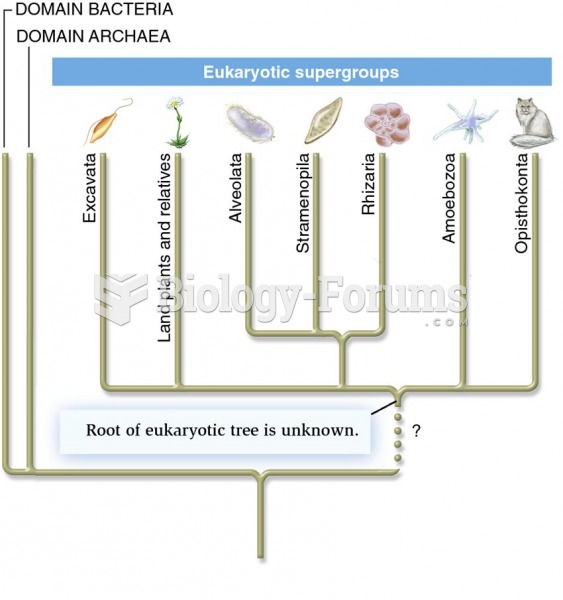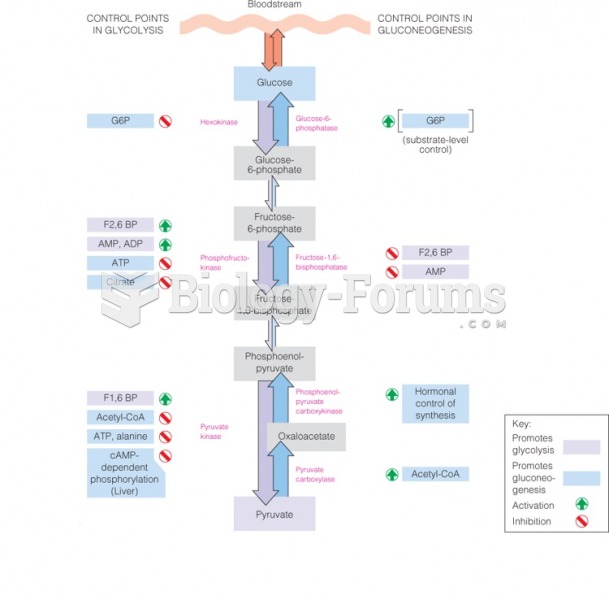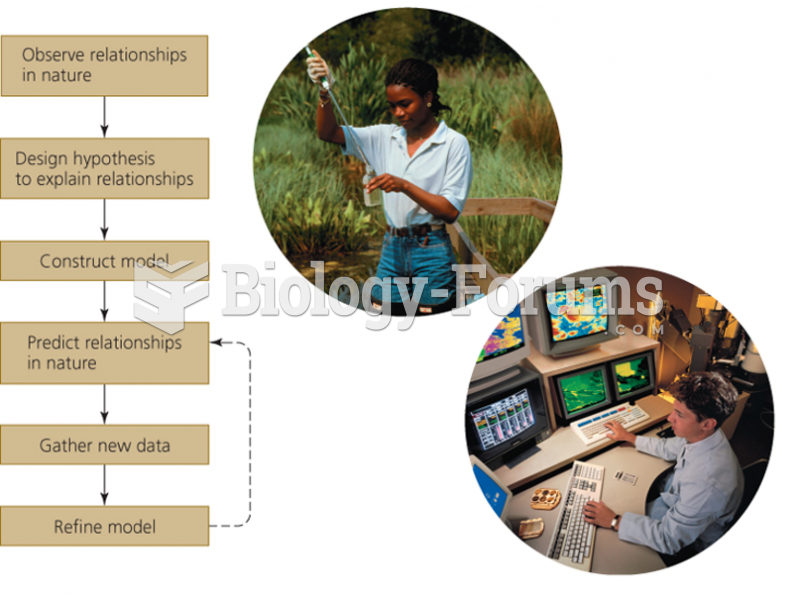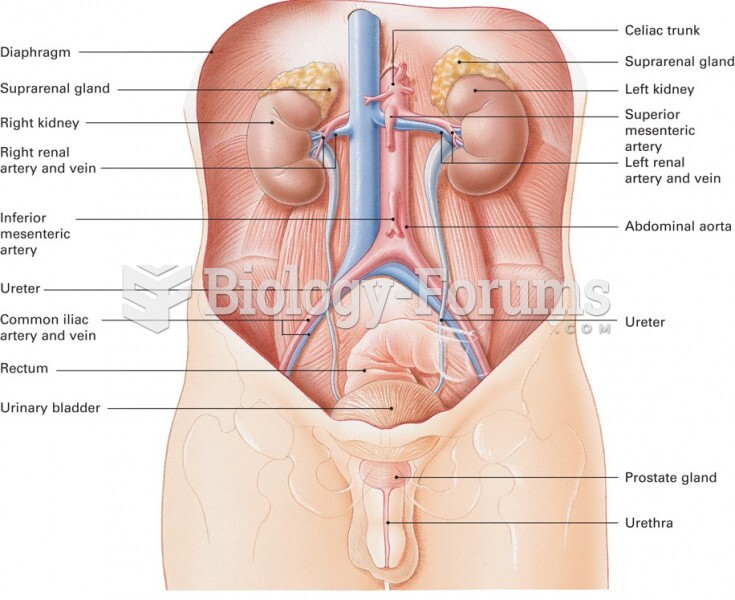Answer to Question 1
The pluralist model is rooted in a functionalist perspective, which assumes that people share a consensus on central concerns, such as freedom and protection from harm, and that the government serves important functions no other institution can fulfill. According to sociologist Emile Durkheim, the purpose of government is to socialize people to be good citizens, to regulate the economy so that it operates effectively, and to provide necessary services for citizens. Contemporary functionalists state the four main functions as follows: (1) maintaining law and order, (2) planning and directing society, (3) meeting social needs, and (4) handling international relations, including warfare. Functionalists suggest that divergent viewpoints lead to a system of political pluralism in which the government functions as an arbiter between competing interests and viewpoints.
According to the pluralist model, power in political systems is widely dispersed throughout many competing interest groups.
Special interest groups are political coalitions made up of individuals or groups that share a specific interest they wish to protect or advance with the help of the political system. An example of a special interest group is the AFL-CIO (representing the majority of labor unions). Special interest groups help people advocate their own interests and further their causes. Broad categories of special interest groups include banking, business, education, energy, the environment, health, labor, disabilities, retired persons, and women. Special interest groups are also referred to as pressure groups (because they put pressure on political leaders) of lobbies.
Over the past four decades, special interest groups have become more involved in single-issue politics, in which political candidates are often supported or rejected solely on the basis of their views on a specific issuesuch as abortion, gun control gay and lesbian rights, or the environment. Reforms in campaign finance laws in the 1970s set limits on direct contributions to political candidates and led to the creation of political action committees (PACs)organizations of special interest groups that solicit contributions from donors and fund campaigns to help elect (or defeat) candidates base on their stances on specific issues. Some PACs represent the public interest and ideological interest groups such as gay rights or the National Rifle Association (NRA).
Answer to Question 2
False








